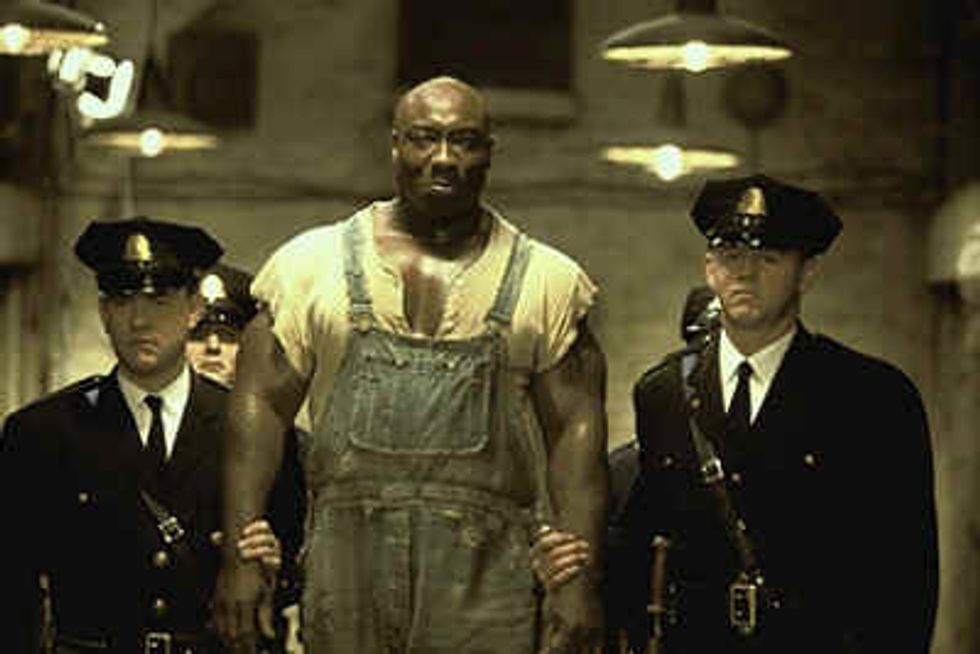Recently, I trekked the Green Mile based on a request from a fellow King fan. It turns out that this is a book that leaves the reader dumb-founded and asking questions that have never been asked before. It challenges an entire way of thinking within 536 short pages.
The Green Mile starts by introducing the most menacing and terrifying characters of the whole story: Old Sparky. Old Sparky, true to its name, is an electric chair meant for executions on death row. Countless murderers have said their last word, thought their last thought, and screamed their last scream in the claws of Old Sparky. The year is 1932, and there isn’t much in the way of justice, as we would call it today in our penal system. Innocent men can be burned in Sparky’s arms just for being of color and at the wrong place at the wrong time.
Paul Edgecombe, the narrator of this beautiful novel, is the head supervisor on the E block at Cold Mountain Penitentiary, and lives his life through his recollection of his time on the Green Mile. He works his way through figuring out what happened on E block right along with the reader. I believe he had to write his story in order to truly what was going on in his life.
Of the many residents on the Green Mile, Mr. Jingles is the most loved by readers and even by the characters within the story itself. Mr. Jingles is an extraordinary little mouse that seems to understand more about life than even the average Joe. Mr. Jingles is much like a person’s conscience; he comes in and out of the story when needed most, and disappears in the times that the story can go on without his aide.
As I said before, this is a Stephen King novel. When most of us think of his genre, we think Pet Semetary or The Shining. However, this King classic falls into the horror category because of the execution of Eduard Delacroix, and the utter horror that becomes of John Coffey (“just like the drink but not spelled the same”). Delacroix is the owner of Mr. Jingles, and he is one of the reasons this book really comes to life, and I don’t mean the twelve pages of him being set on fire in his final hour. Delacroix embodies the idea of good and evil living within the same mind. He is on the Green Mile because he burnt people alive, but he is also a very simplistic man. In the end, he is a hypocrite of his own crime. He cowers under a baton wielded by Percy Wetmore.
Percy Wetmore, unlike Delacroix, made me set this book down multiple times in order to control a festering hatred. Yes, Percy is that snot-nosed little rich kid that everyone hates because he gets everything handed to him. And in the end, he is no braver than Delacroix.
Even though there was some gore and disturbing parts to this book, it pulls you in and sinks its green teeth into you page after page. There are some books that are easily forgotten, but this book cannot be unseen, and its questions will never be unheard.
















